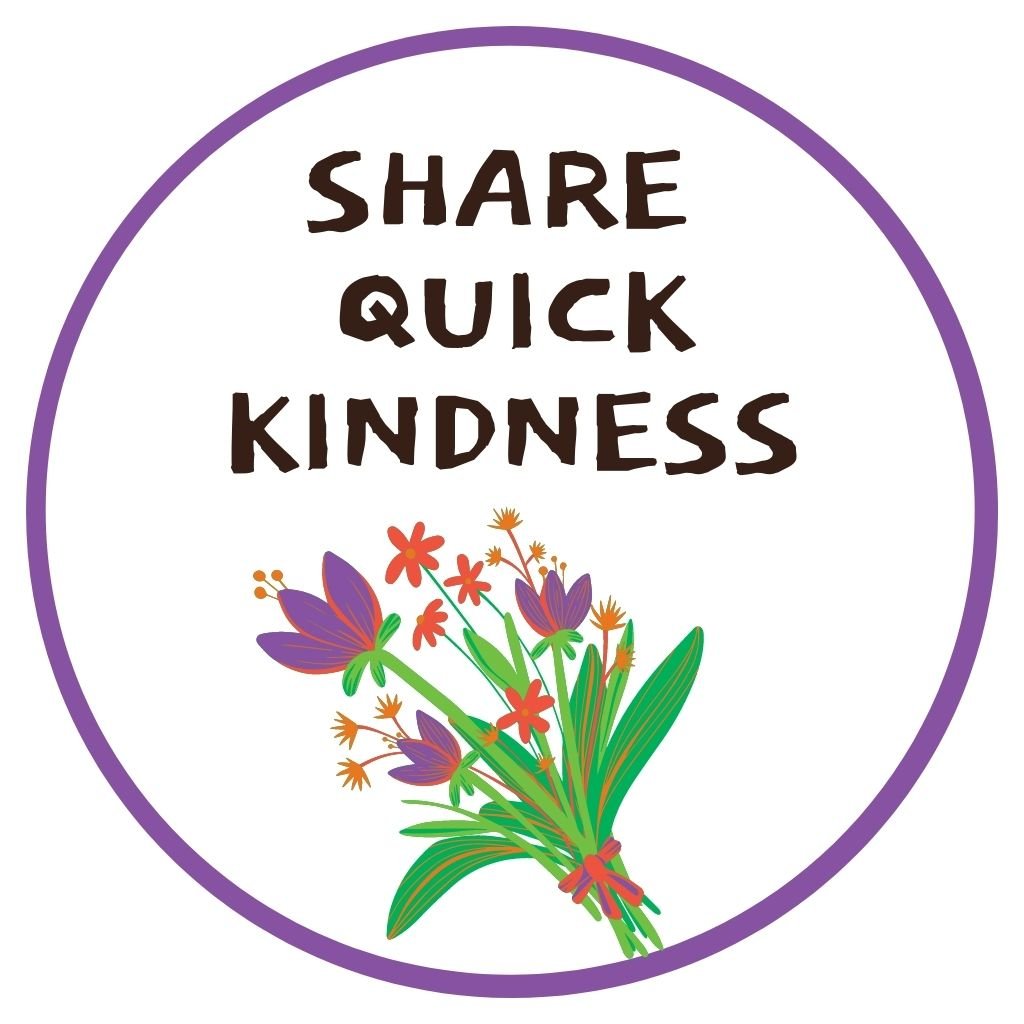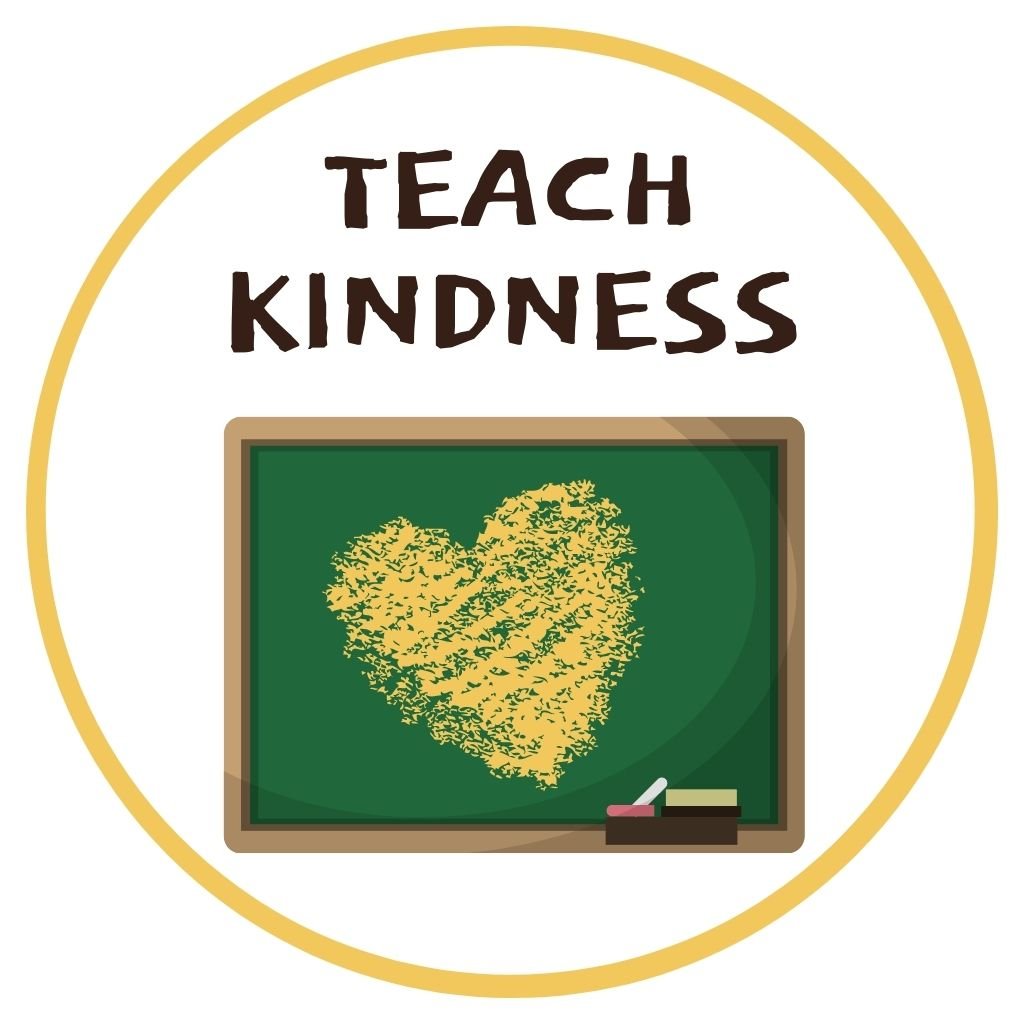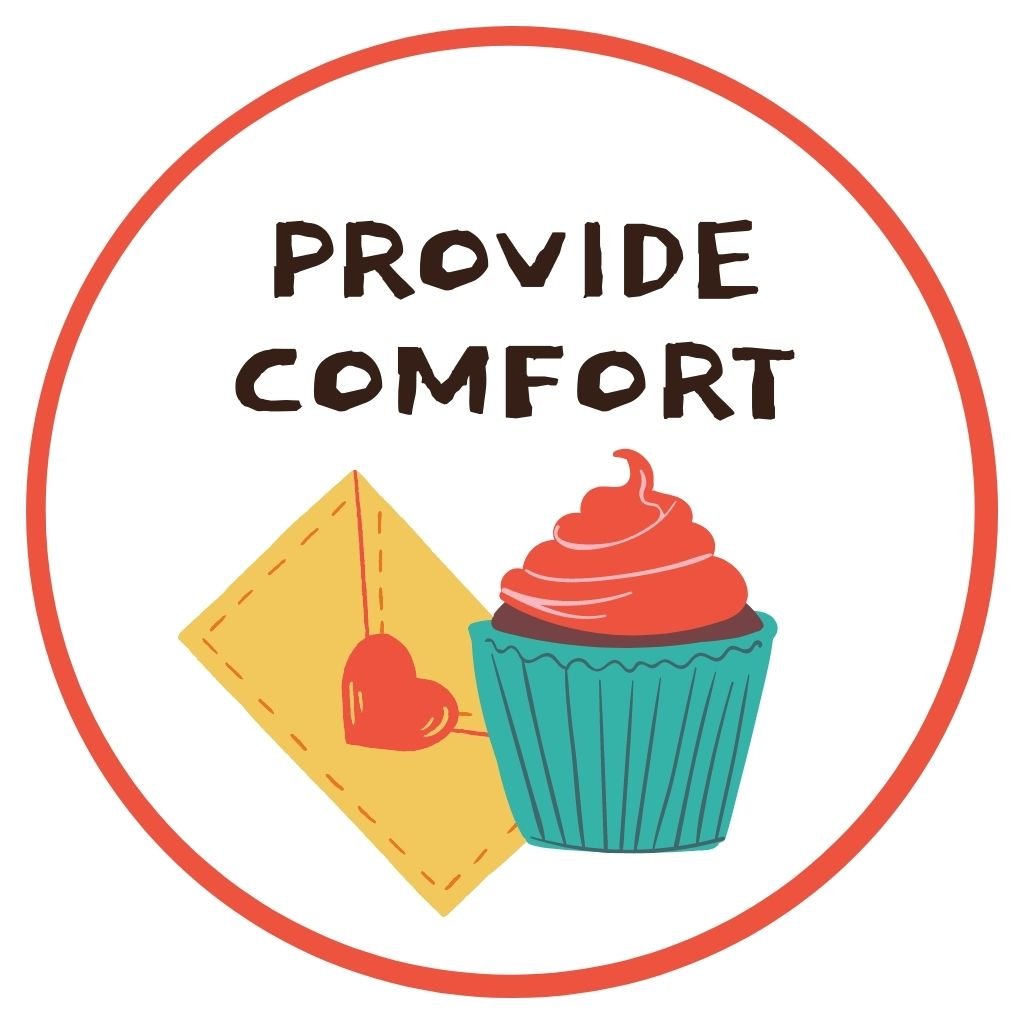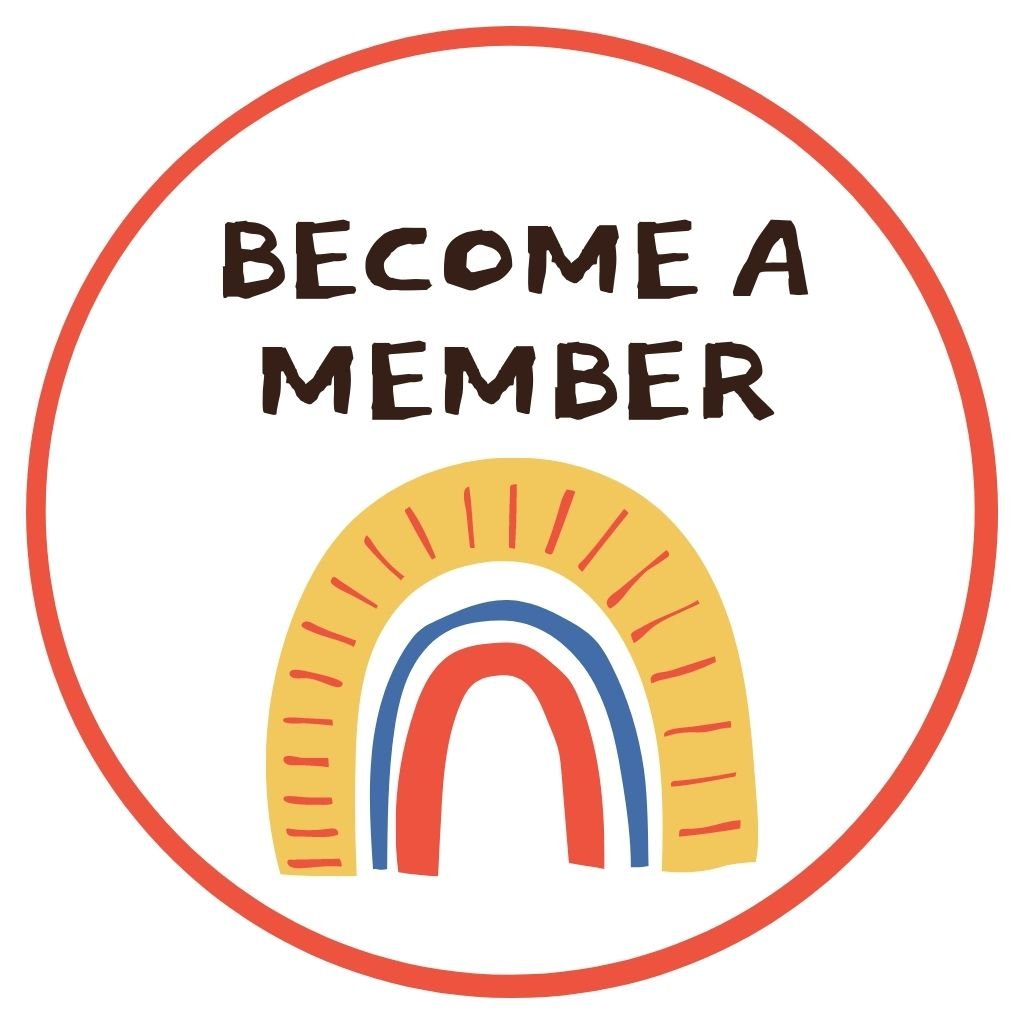By: Courtney Juvland, early childhood family educator
Turbulence – whether it be within yourself, your household, or the world itself – is a reliable part of the life cycle.
Buckling up for a metaphorical bumpy ride from time to time as you enter a new job, experience a change in leadership, or encounter a developmental growth spurt is something that begins at birth and follows us until life’s conclusion. We certainly experience it individually, but we also live in community, so each time a part of the whole undergoes a time of change it can impact the larger unit, too. Consider the way turbulence in other parts of the world create energy ripples we feel in our own neighborhoods.
The winds of change blow strong.
With children, we sometimes don’t see the changes themselves right away; instead, we see the impact of the changes in personal barometers of behavior and mood.
I work in early childhood, and frequently pull up this information on stages of equilibrium and disequilibrium from The Center for Parenting Education when parents are asking about sudden tantrums, sleep disturbances, oppositional behavior, and more. As soon as I project the roller coaster graphic on my screen, the whole class of parents and caregivers sighs a collective, “oh, yeah…” as they identify where their child is currently on the developmental wavelength.
Suddenly power struggles are seen through the lens of development rather than disconnection or disobedience.
“Conflict is an indicator of growth trying to happen,” wrote relationship author Harville Hendrix. How might your child, your family, or your community be showing signs of growth trying to happen? How can we as supportive humans respond effectively to the need for change and see the purpose behind the disequilibrium?
1. Explore developmental reasons why this might be happening.
Why does a preschooler wrestle for control over winter outerwear, or what they are willing to eat? Why do they fight to regain your attention when you’re on the phone or deep in adult conversation? Their developmental work is in differentiating and finding their power.
This comes back again in adolescence. Why does a seven-year-old suddenly lose confidence and become self-critical? They want to gain new skills but fear failure. They want to be seen as capable by adults and peers, but “I don’t care” or “I don’t want to” doesn’t always look that way unless you know that you’re seeing development.
Sometimes just knowing why makes all the difference in our attitude towards the behaviors we see.
2. Make peace with periodic chaos.
As Dr. Becky Bailey writes, “Times of disorganization reveal that a great deal is happening internally. This is true with a business in transition–or with a child.” I’d add adults, governments, and nature itself to this list!
To undergo real change or reorganization, first disorganization is necessary. For those who are temperamentally slow-to-warm to new people and methods, this isn’t always easy to do. But once again, knowing that is a natural part of the change process can reorient our mental framework to slowly embrace new opportunities.
Want to take a moment to calm the chaos? See these 4 Mindfulness Activities for Your Family Routine
3. Recognize and celebrate the growth of new skills.
When they have made progress in learning to choose for themselves, it’s a good thing! They’ll need to make decisions and live with them throughout life, so even if it takes 15 minutes to put on their own shoes, focus on celebrating the skill (and not the potential arguments or tardiness it caused when they insisted on doing it themselves.)
Reflecting together on the changes you see will help them see new capabilities and grow in their self-confidence. Talking through cause-and-effect and consequences with compassion also helps them integrate internal and external feedback, and develop compassion for self and others in turn.
4. Connect, even when it’s difficult.
When children are in chaos, they need more than ever to feel that they are loved and valued, no matter what. Taking time to connect on a human level in times of disequilibrium is really important, in families and in communities!
Coming together to share common interests or even sitting near each other in quiet individual pursuits can reinforce the connection we share and strengthen us in times of hardship. Think of the ways that communities rise to the occasion in the wake of natural disasters or social conflict, organizing aid and standing up, shoulder to shoulder, for what they believe in. This can happen on that larger scale or within our own household.
Showing up for each other is part of what makes us human.
Embracing the full spectrum of the organization-chaos-reorganization cycle often isn’t easy, but the results of fostering a healthy approach to change and growth are worth the effort. After all, most travels include a little turbulence, and life is nothing if not a continuous journey.
If you like our free stuff, you’ll love our membership program!
Join today and we’ll help you keep kindness on your family calendar all year long, now with access to DGT’s popular member’s only e-books.
Browse our Pick-a-Project collection!
Disclaimer: Doing Good Together™ is a participant in the Amazon Services LLC Associates Program, an affiliate advertising program designed to provide a means for sites to earn advertising fees by advertising and linking to Amazon.com.
The recommendations we offer are based solely on our mission to empower parents to raise children who care and contribute.




















